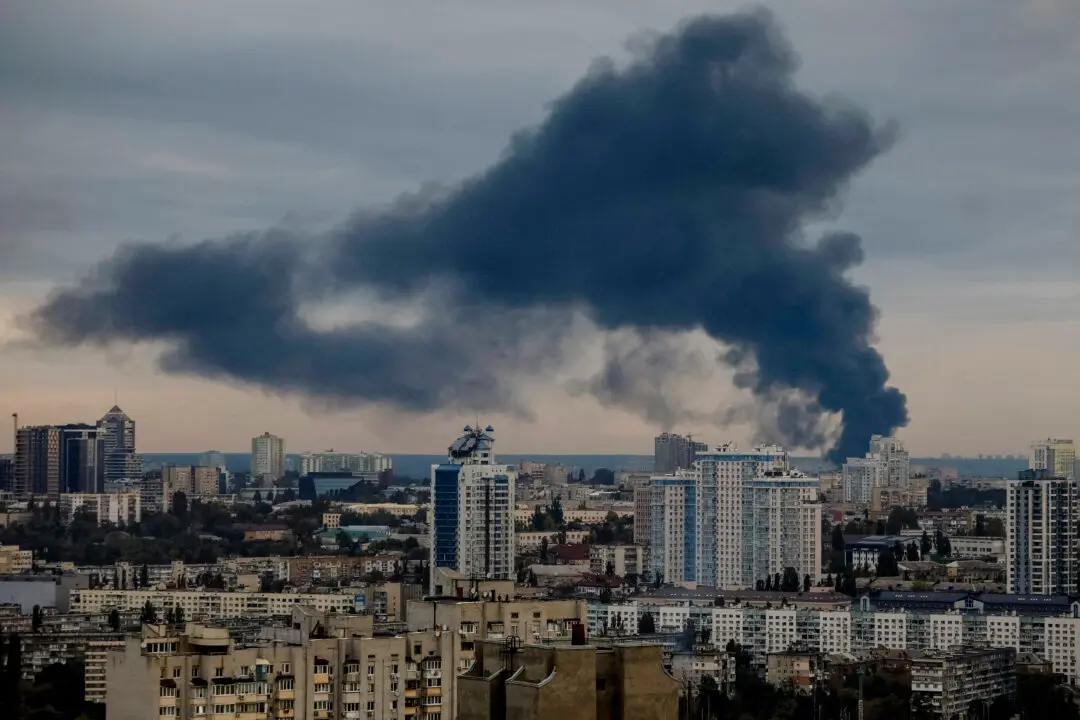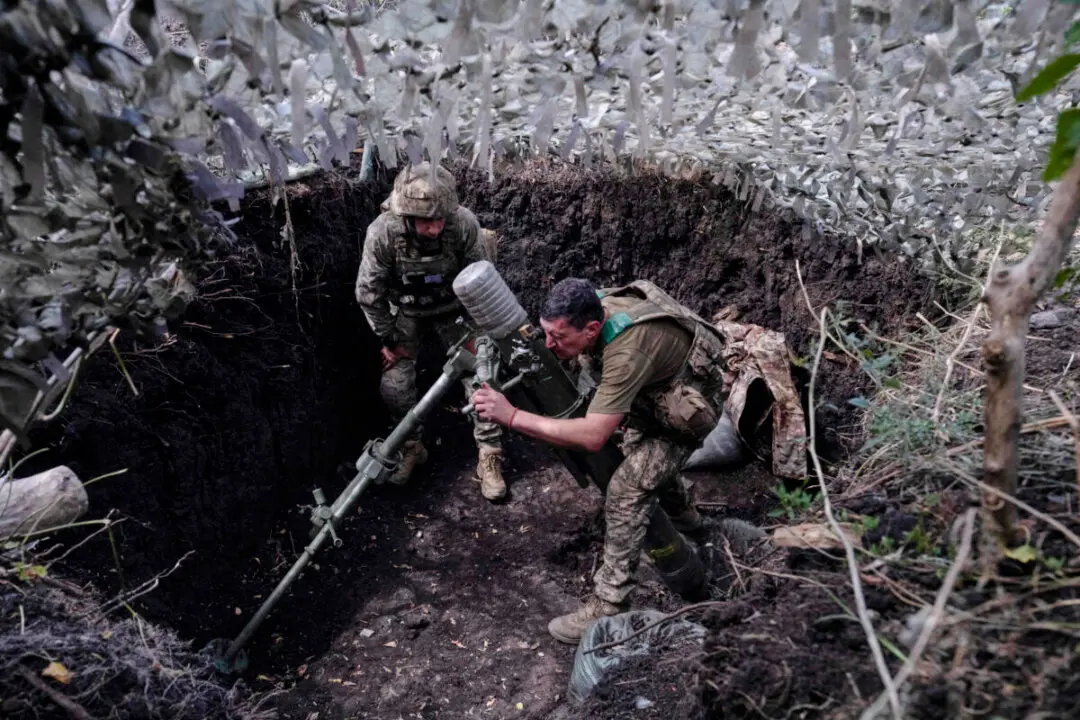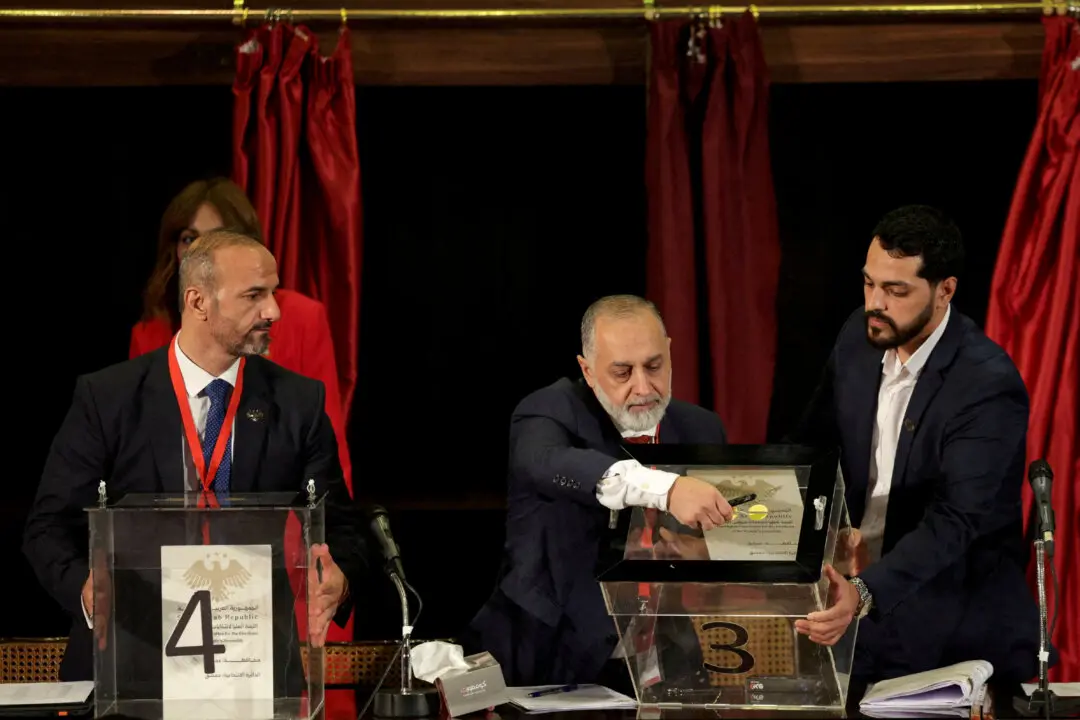A March 7 article in The New York Times suggesting that a shadowy “pro-Ukrainian group” was behind last year’s attack on the Nord Stream gas pipelines is a “red herring” meant to “distract the public,” top Russian officials have said.
“The New York Times article is another red herring aimed at diverting attention from the real culprits by blaming an obscure rebel group,” said Leonid Slutsky, a leading member of Russia’s State Duma (Parliament’s lower house).





